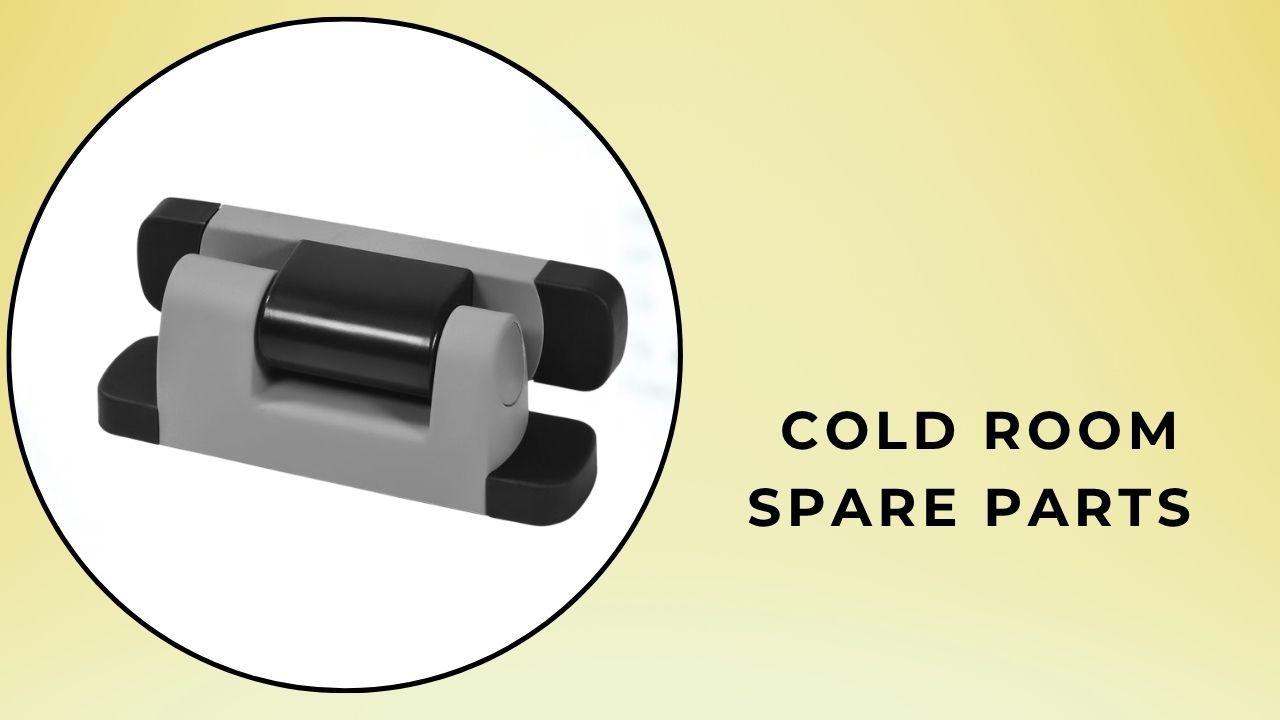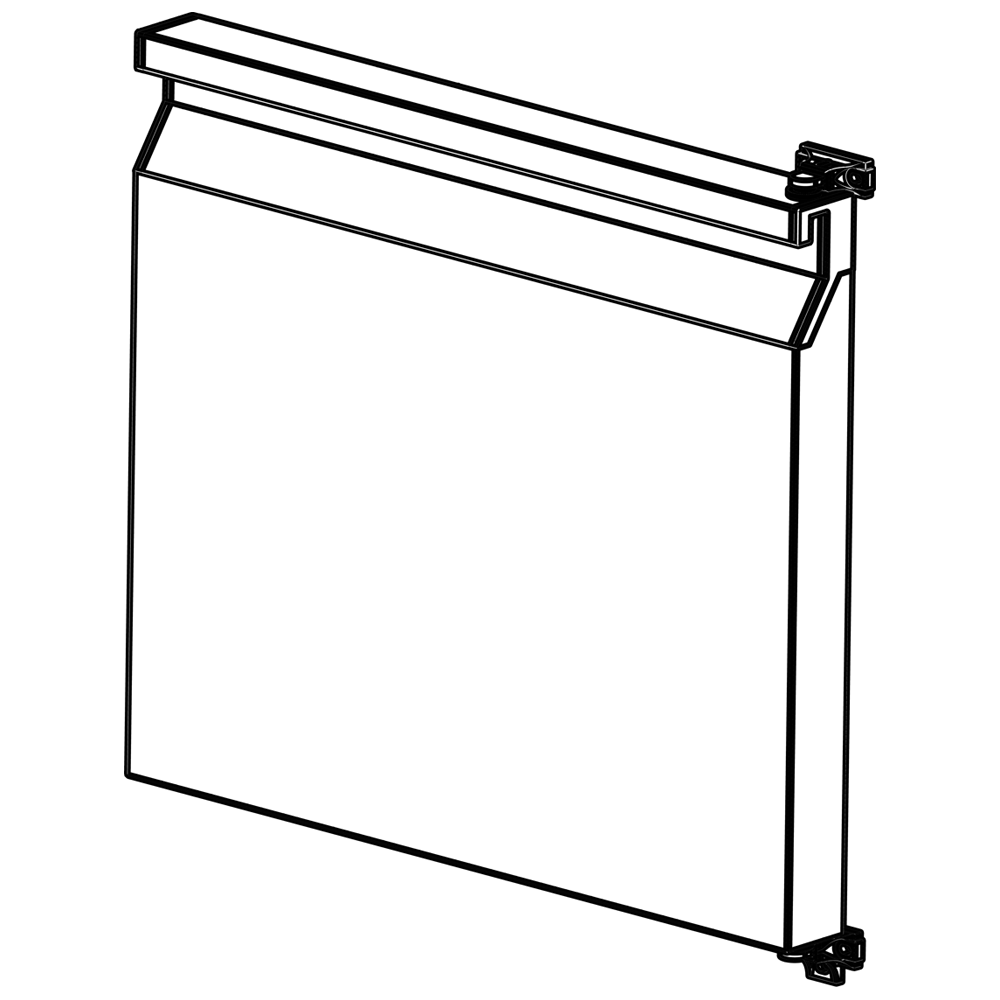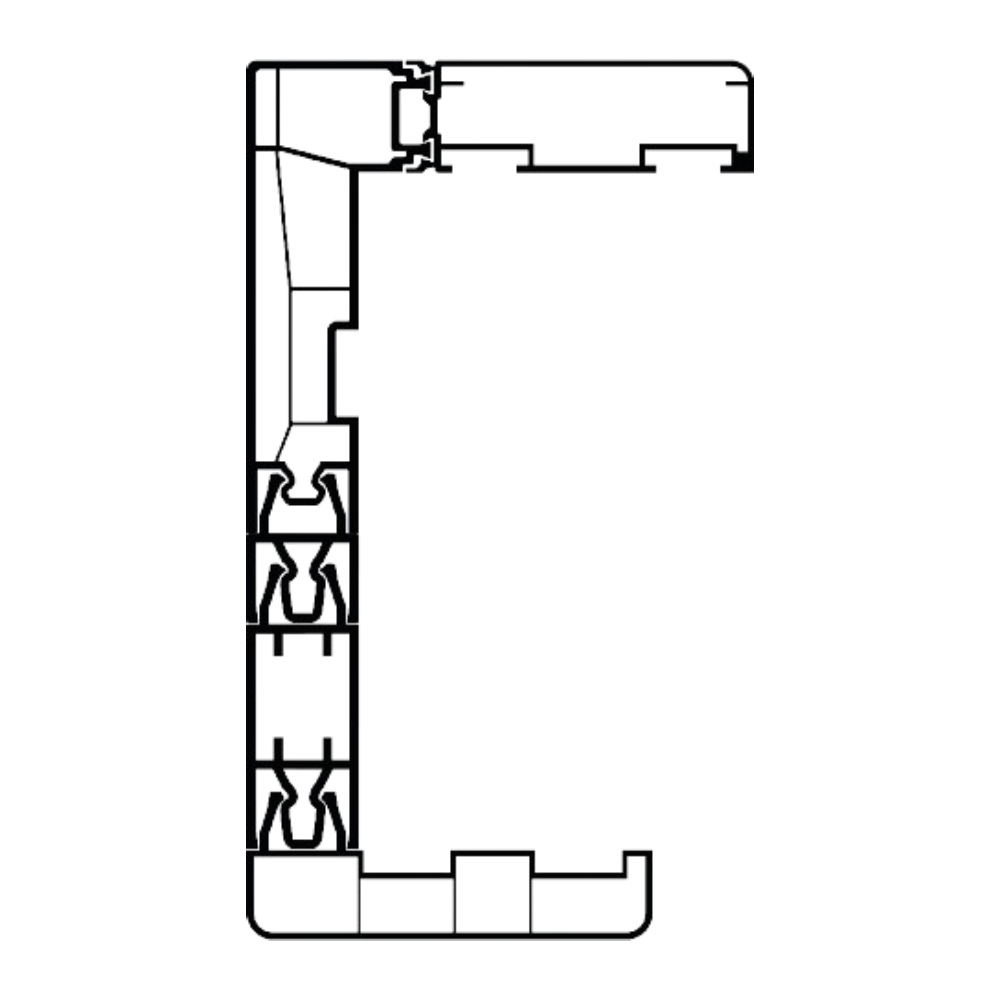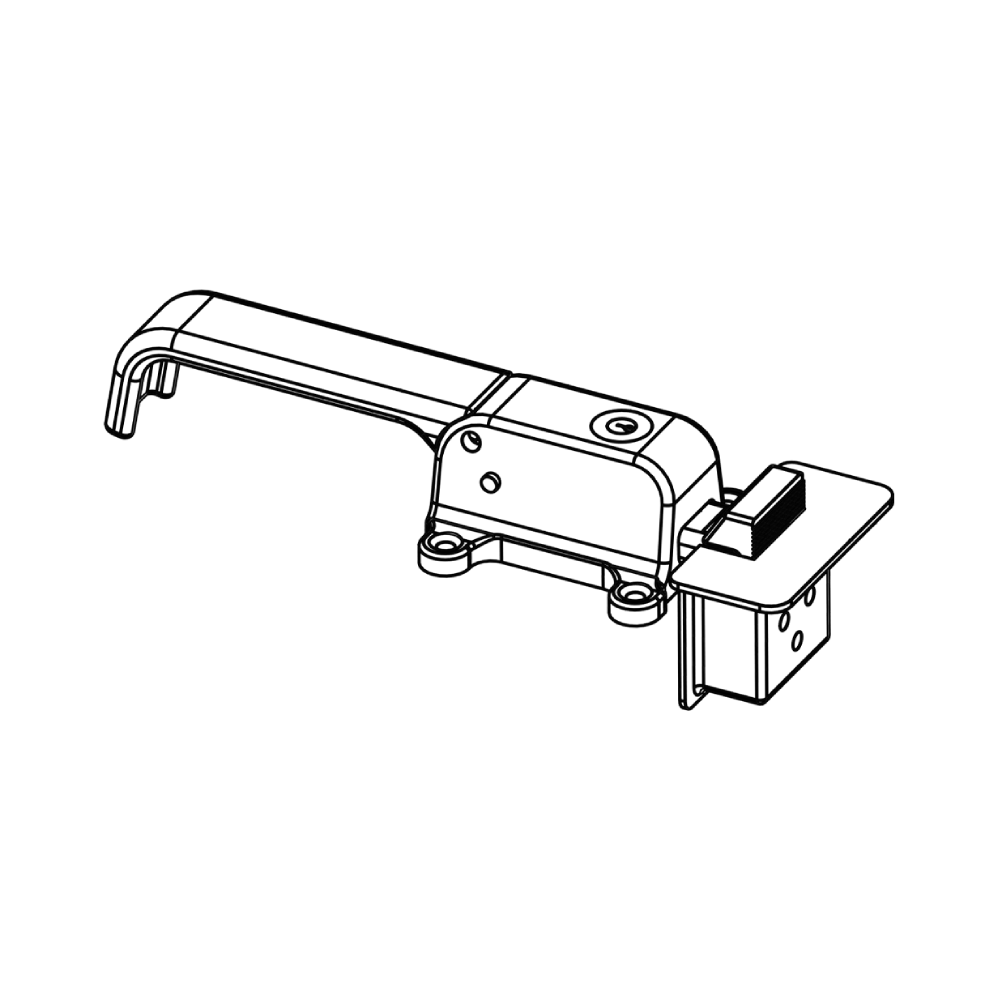Cold Room Spare Parts
What Are Cold Room Spare Parts and Why Are They Important?
Cold room spare parts are components used to maintain, repair, or ensure the proper functioning of cold rooms and refrigerated storage systems. These parts support the energy efficiency, reliability, and longevity of cold rooms while preserving product safety and operational continuity. In cold rooms, temperature control and hygiene standards are critical; thus, spare parts enable uninterrupted system operation, optimizing business costs and preventing product losses.
Cold room spare parts are typically made from high-quality, environmentally resilient materials. Stainless steel, aluminum, durable plastics, or specially coated metals are suitable for low-temperature and humid environments. These parts encompass a wide range, including compressors, evaporators, door gaskets, sensors, control panels, and fan motors. Proper spare part selection enhances system performance, reduces energy consumption, and contributes to environmental sustainability goals.
The quality of spare parts directly impacts the overall efficiency of cold room systems. For instance, a worn door gasket or a faulty sensor can cause temperature fluctuations, leading to product spoilage. Additionally, regular maintenance and timely spare part replacement prevent system failures and reduce long-term costs for businesses.
Types and Features of Cold Room Spare Parts
Cold room spare parts vary depending on system components and specific needs. One of the most common spare parts is compressor components. Compressors, the heart of the refrigeration system, require parts like pistons, valves, or lubrication elements to maintain efficient operation. These parts must withstand high pressure and low-temperature conditions.
Evaporator and condenser components are fundamental to the refrigeration cycle. Fan motors, heat exchanger tubes, and defrost heaters are spare parts that preserve the performance of evaporators and condensers. These parts are critical for energy efficiency and humidity control.
Door gaskets and accessories are essential spare parts for ensuring the airtightness of cold rooms. Silicone or rubber-based gaskets maintain door sealing and prevent energy loss. Additionally, hinges, locks, and automatic closing mechanisms are among the frequently replaced spare parts.
Electronic components used for controlling cold room systems include sensors, thermostats, and control panels. These parts precisely monitor temperature and humidity levels, enabling automated system operation. A defective sensor or control unit can compromise system reliability.
Finally, fan motors and blades ensure the circulation of cold air within the room. These parts must operate at high speeds and resist freezing at low temperatures.
Materials Used in Cold Room Spare Parts
The materials used in the production of cold room spare parts are crucial for durability, hygiene, and environmental adaptability. Stainless steel, particularly grades 304 or 316, offers high corrosion resistance and meets hygiene standards in the food and pharmaceutical industries. It is commonly used in high-stress components like compressors and condensers.
Aluminum is preferred for fan blades, door components, and some sensor casings due to its lightweight nature and aesthetic appearance. Anodized coatings extend the lifespan of aluminum parts and prevent corrosion. High-strength plastics, such as polycarbonate or polyethylene, are used for door gaskets and electronic component casings. These materials retain flexibility at low temperatures and are long-lasting.
Copper tubing used in refrigeration systems is ideal for heat transfer and is coated to resist corrosion. Additionally, materials like nickel-chromium alloys are used in defrost heaters due to their high-temperature resistance.
For accessories like door gaskets, silicone or rubber materials with antimicrobial properties are preferred, enhancing food safety and supporting hygiene standards.
Advantages of Cold Room Spare Parts
Cold room spare parts provide operational and economic benefits to businesses. System continuity is one of the primary advantages. Timely part replacements prevent system failures and ensure uninterrupted operation of cold rooms, which is critical for product safety in the food and pharmaceutical sectors.
Energy efficiency is another key contribution. For example, a new door gasket or an efficient fan motor reduces energy loss, lowering operating costs. Moreover, modern spare parts are designed to be compatible with eco-friendly refrigerants, minimizing environmental impact.
Longevity is an advantage provided by high-quality spare parts. Durable materials resist wear in harsh conditions and reduce maintenance needs, optimizing long-term costs for businesses.
Spare parts enhance system reliability, preventing losses due to product spoilage or breakdowns. Additionally, standards-compliant parts facilitate businesses’ compliance with regulatory requirements.
Application Areas of Cold Room Spare Parts
Cold room spare parts are used across a wide range of industries. The food industry relies on spare parts for storing meat, dairy products, vegetables, fruits, and frozen goods. Compressors and door gaskets support hygiene and temperature control.
The pharmaceutical industry requires specialized spare parts for storing vaccines, blood products, and temperature-sensitive medications. Sensors and control panels prevent temperature fluctuations, ensuring product safety.
Cold chain logistics depends on spare parts for continuous temperature control during storage and transportation. Fan motors and defrost systems ensure efficient operation in logistics centers. Spare parts are also used in specialized applications such as chemical storage and biotechnology.

Technological Innovations in Cold Room Spare Parts
Modern cold room spare parts are becoming more efficient and reliable due to technological advancements. Smart sensors monitor parameters like temperature, humidity, and system performance in real-time, detecting potential failures in advance. This optimizes maintenance processes and reduces system downtime.
Internet of Things (IoT) technology enables remote monitoring of spare parts. IoT-based systems analyze data such as energy consumption and part condition, offering businesses proactive maintenance opportunities.
Some advanced spare parts are manufactured with energy-efficient designs. For instance, next-generation fan motors deliver high performance with low energy consumption. Additionally, compressor components compatible with eco-friendly refrigerants reduce carbon footprints.
Innovative defrost heaters used in defrost systems enhance energy efficiency while quickly eliminating ice buildup, improving system performance, particularly in deep-freezer rooms.
Maintenance and Lifespan of Cold Room Spare Parts
Regular maintenance is essential for the longevity of cold room spare parts. Compressors and fan components must be periodically inspected to maintain performance. Lubrication, cleaning, and wear checks extend the lifespan of these parts.
Door gaskets and sensors should be regularly tested to ensure airtightness and system accuracy. In the food industry, surface cleaning is critical for maintaining hygiene standards.
Well-maintained spare parts can operate efficiently for 5 to 15 years, reducing maintenance costs for businesses. Damaged or worn components should be replaced by professional service providers.
Factors to Consider When Choosing Cold Room Spare Parts
Selecting the right cold room spare parts depends on the business’s needs and system specifications. Compatibility is a key factor in part selection. Spare parts must be fully compatible with the existing refrigeration system and align with manufacturer specifications.
Material quality is critical for long-term performance. Durable materials like stainless steel or anodized aluminum ensure reliability in harsh conditions. Energy efficiency should be considered, especially for compressors and fan components.
Compliance with certifications and standards is important in the food and pharmaceutical industries. Spare parts meeting standards like HACCP, GMP, or ISO ensure regulatory compliance. Choosing parts from a reliable supplier guarantees both performance and cost-effectiveness.
Cold room spare parts directly impact energy efficiency, product safety, and operational performance. The right choice provides long-term cost savings and strengthens a business’s competitive advantage. Therefore, conducting a thorough needs analysis and consulting experts during the selection process is highly recommended.







